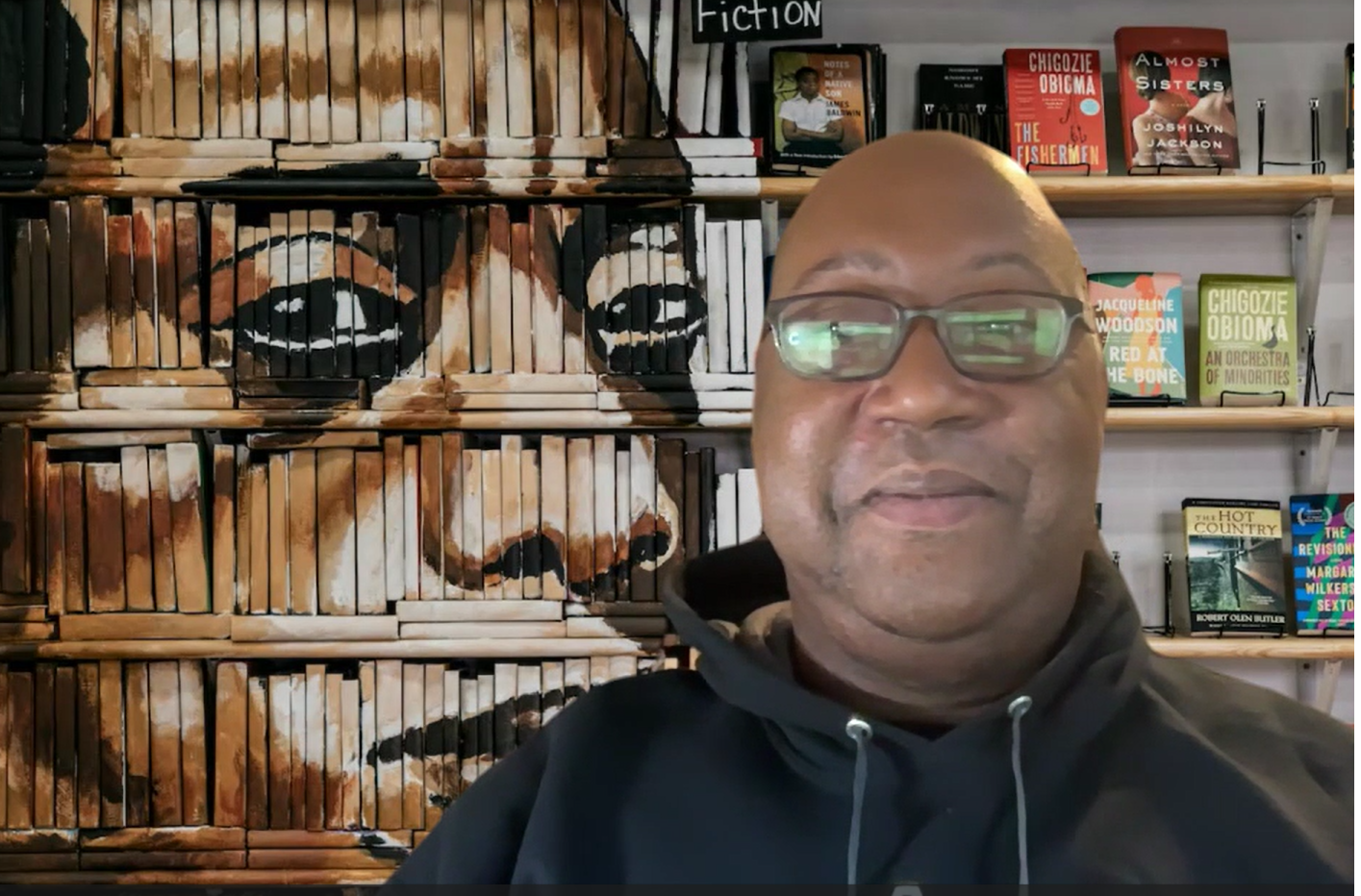One reason that students are waitlisted is because the college is not convinced that you’ll accept the offer back. And in many cases, that college is right.
I just received a call from a top student with fantastic news: She was just accepted to the University of Chicago—a great school—but she was crying because she was waitlisted at her number-one choice, Harvey Mudd College, just days earlier.
She couldn’t make sense of the decision. After all, most people (and rankings) would say that the University of Chicago is more selective than Harvey Mudd. And that’s exactly why she was waitlisted. We told her, “While you were worried if Harvey Mudd would take you, Harvey Mudd was worried about whether you would take them.”
The percentage of students who accept a college’s offer of admission is called “yield.” In this climate, yield is everything. Yield carries bragging rights—Harvard’s yield is bigger than Haverford’s yield—and yield factors into college rankings.
We hate to be the bearer of this reality check, but colleges are scared and do not want to go down in the rankings. Like Malcolm Gladwell, we’re no fan of the rankings, but for now, it is what it is—not to mention the fact that with test optional being the darling of the day, the number of students applying to each college/university is skyrocketing. So, if you got on a waitlist, it might not be the worst thing. It just might be time to buckle down and fight for what you know is yours. Put a pin in that for a moment.
Another reason you may have been waitlisted is because there were other people just like you and their apps got read first. (Welcome to life.) And finally, there’s always the possibility that the college considers you an “alternate”—someone to admit after May 1, when deposits are all due (you’ll replace a student similar to you who ended up not depositing).
So, far from being the end of the road, being waitlisted does keep you in the game!
So, the question is: How hard are you going to lobby? Are you going to be persuasive when you tell the college or university that you will accept the offer if they take you off of the waitlist? That’s right. Don’t just sit there and use the “hope and prayer method”—and although we’re probably going to get slammed for saying this, while the college said in its waitlist letter, “After you sign up for the waitlist, don’t contact us. We’ll contact you,” you are now stepping into the real world. In the same way that you pushed to get that great internship or summer job, reach out and contact them.
So how do you get off the waitlist? First, nothing is going to happen until May 1. So, slow your roll and find out exactly who the college admissions rep for your high school is. It’s easy: Call the admissions office and ask. And don’t ask Mom to do it for you. Second, toward the end of April/early May, write a letter of continued interest (LOCI) of no more than 250 words. And make sure you let that college—where you are dying to get off the waitlist and into their community—know that you mean it. Explain your reasons. Make sure the school knows that you know why you are a fit. Talk about new accomplishments and what you are going to bring to particular courses and how those courses and professors will help you reach your long-term goals.
Create a brief academic action plan. And pull out your Pom-Poms and “BE SPECIFIC.” Don’t just tell them things that you can say about Any-College USA. (In fact, that may be another reason you were waitlisted: You didn’t take the “Why Our School” supplemental question seriously and you talked about “the hallowed halls of academia.”) If your reasons for attending a college could be applied to any college, then that’s a dead giveaway that you are not certain you will say “yes” if accepted.
And maybe even revisit—even if you already did—and go to the admissions office and put a face to your name if possible. That will prove you’re serious rather than a “trophy hunter” who just wants to say you got into X-many universities as bragging rights. No college wants to be a notch on your belt. The only way you’re going to get off that waitlist is to convince them you will attend.
--Evan Forster
P.S. IF YOU ARE ON A WAITLIST FOR A SCHOOL YOU KNOW YOU WILL NOT ATTEND, PULL YOURSELF OFF THE WAITLIST! Help someone else can get accepted. Why? Because it’s the right thing to do!











